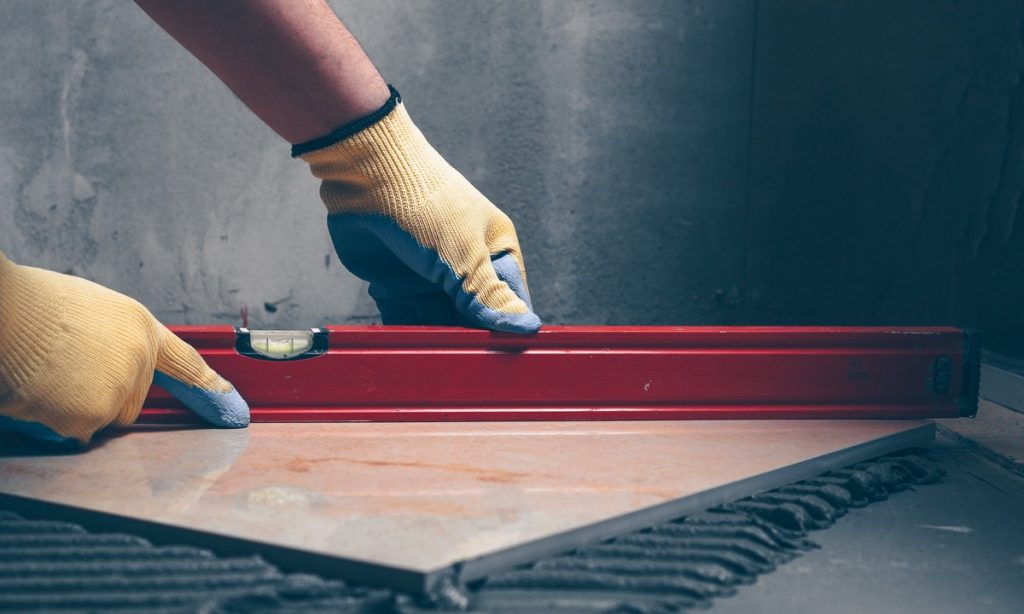5 Tools You Need in Your Arsenal To Be a DIY Master

If you have a mind that races when it comes to home decor, you have half of what it takes to be a DIY master. The other half requires determination to make things happen, consistency, and willingness to sweat in the summer or work with frosty hands in the winter.
If you’re looking to get started, you’ll need some tools. We’ve put together a bunch of suggestions that won’t only help you get started, but will always be the core aid in enabling you to complete your projects. Let’s get started!
1. Saw and hammer
Whether you need to cut wood, a pipe, or even metal, having a saw at hand will give you the means to get that done. It won’t be as effective as an angle grinder, but it will always be safe for a layman, allowing you to get things done without having to rely on professional help.
Similarly, a hammer will help you in woodworking, plumbing, punching nails in or getting them out, freeing up rusted tools and more!
2. Level
Disoriented ornaments, poorly lined racks, tilted frames on walls, etc. are some of the most commonly encountered problems by DIYists. It’s near-impossible for a layman to install a clock or frame on the wall that uses two nails for mounting, accurately. More often than not, the installed clock will end up being a bit tilted and it’s never a good feeling.
If you’re into woodworking and the project involves scraping corners to fit in joints, there will almost always be differences in thickness levels unless you’re using a level. A level will allow you to keep your cuttings leveled. It’ll enable you to adjust the floor’s slope. If you’re working on fall ceilings, it’ll be impossible for you to keep the patterns straight without some sort of level’s aid.
3. Drill machine
A drilling machine will allow you to achieve more than you can imagine; it’ll be your easy-to-use screwdriver, but it’ll also help you make slots for screws in your furniture. It’ll help you punch screws on a wall without having to go through the drudgery of using a hammer.
You may get your hands on a cordless drill for gentle tasks like opening or tightening screws, and you can get a large electric drill if you have to make holes in walls. It’ll help you whenever you need piercings in metal, wood or concrete.
4. Pliers and wrenches
A plier will be your aid in pulling out nails, dressing up electric wires, tightening and loosening nuts and bolts and more! A collection of wrenches will help you with projects ranging from plumbing to fixing a glitch in your motorbike.
5. Painting supplies
The aforementioned set of tools will help you bring about any DIY project to life. But if you’re planning on painting your house (a very commonly opted DIY project), you will need a paintbrush, a roller, sanding paper and basically just anything you may need to achieve your goals!
The Takeaway
As you level up in your skills as a DIYer, you can take on more tools, preferably smarter electric tools. For instance, you can replace using a saw with an angle grinder. You can start off with a cordless drill with less power and then move on to an electric drill that gives you more power to bring about your projects to life, more effectively.
Lastly, there’s no limit to what you can keep in your arsenal as a DIY master. It’s about what you can handle and what helps you achieve your goals comfortably.
